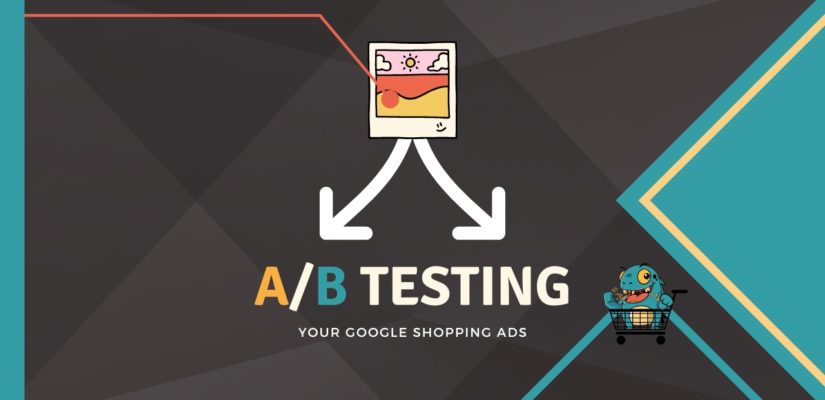
A/B Testing Google Shopping Ads
A/B testing your adverts are important for any e-commerce store – small or large. A/B testing (or split testing) involves creating two or more variables of the same advert, and using those results to guide your marketing strategy.
Why A/B test?
A/B testing your ads is crucial for several reasons. Firstly, it allows you to test different variations of your ads, determining which performs better and optimizing your ad campaign to improve overall performance. Secondly, it helps increase conversion rates by identifying the elements that resonate best with your target audience, leading to higher click-through and conversion rates. Thirdly, testing different ad variations can help you identify which ads are not performing well, eliminating them from your campaign and avoiding wasting your advertising budget. Fourthly, A/B testing provides valuable insights into your audience’s preferences and behavior, helping you tailor your ad campaigns to better meet their needs. Finally, A/B testing is an ongoing process, allowing you to continuously test and optimize your ads to improve their performance and stay ahead of your competition.
Before you A/B test:
If you’re marketing multi-channel (that is, on multiple social media platforms and marketplaces), it’s important to prepare your product data as it relates to each channel (don’t worry, it’s easy!)
Updating your product catalog manually can be a headache, especially when it comes to marketing your products on multiple channels with varying conditions. A product data optimizer like ShoppingFeeder will help (register here).
First, pick the channels you wish to A/B test your ads (e.g. Google Shopping & Facebook Ads), then optimize your varying data sets using the field operators option. For example, if you would like to A/B test brand names in the title vs. free shipping, you can organise your code here.
Secondly, using ShoppingFeeder, you can use channel operators to create a feed for Product Titles with the Brand Name. You can also use Custom Labels on ShoppingFeeder that will automatically sync onto your GMC account. For example, name it “Adidas Titles”. Upload this optimized feed onto your Google Merchant Center. You will find your “Adidas Titles” already uploaded.
Now, using ShoppingFeeder, you can use channel operators to include “Free Shipping” in your product information. Create a custom label called “Free Shipping”. This label will sync to your GMC account, and then, all you have to do is upload this product feed.
Remember, each variation needs to be uploaded onto Google Shopping or your Facebook catalog separately.
To A/B test your Google Shopping Ads, you can follow these steps:
- Identify what you want to test: Determine what aspect of your Google Shopping Ads you want to test. For example, you may want to test different product titles including the brand name and a product catalog that includes free shipping.
- Create your variations: Create two or more variations of your product listing. For example:
– You may create two versions of the same product with different titles or images.
– You can A/B test Brand names in the product titles with Free Shipping
– For cross-border sellers: You can split test different audiences e.g. South Africa versus the USA - Set up your experiment: Set up an experiment in Google Ads by selecting the campaign and ad group you want to test and assigning a portion of the traffic to the experiment.
- Run your experiment: Your experiment will randomly show your ads to your audience, and you can monitor the performance of each variation.
- Analyze the results: After the experiment has run for a sufficient amount of time, analyze the results to determine which variation performed better.
- Implement the winner: Implement the winning variation as your new ad.
- Continue testing: Regularly test your Google Shopping Ads to improve their performance and optimize your advertising strategy.
Note: Google Ads provides a built-in tool called “Experiments” to conduct A/B testing, and you can also use third-party tools to run your tests. Additionally, it is important to ensure that your product data feed is accurate and up-to-date to improve the performance of your Google Shopping Ads.
Final thoughts
A/B testing ads is crucial for e-commerce stores of any size to improve ad performance, increase conversions, gain audience insights, and reduce ad spend waste. Use a product data optimizer like ShoppingFeeder to prepare product data. To test Google Shopping Ads, identify what to test, create variations, set up, run, analyze, and implement the winner. Regular testing is key to stay competitive and improve your strategy. Optimize your campaigns and boost sales by following these steps.
